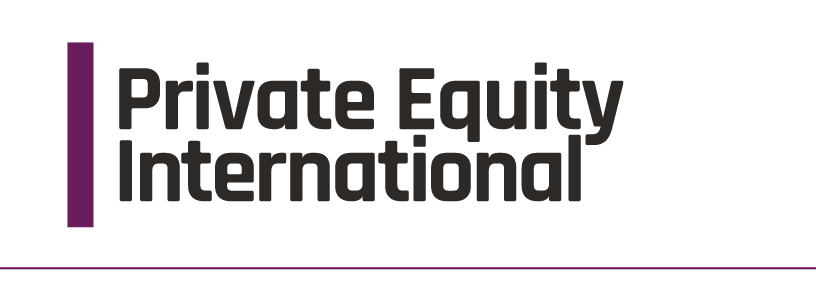KKR crescendo
For most of its 30 years in business, Kohlberg Kravis Roberts has been a dominant force in the private equity market. Following some intense introspection and retooling in the late 1990s, the New York-based firm is poised to again become the industry's heavyweight champion as it expands product lines, offices and head count around the world. David Snow takes a measure of the firm that invented, and reinvented, the big buyout.





